|
This is the second industrial project demonstration, to review the first demo, please use the link: what-we-do-in-china-teamwork-through-evo-jmgreen.html
37 Comments
This should be an interesting post for most people. Looking out for artificial lighting for the BSF breeding has long been an effort in this industry, as an efficient light source can eliminate the variability caused by sunlight quality due to weather or seasonal changes, and thus secure a stable black soldier fly egg production. There are couple key studies in this field that I have to acknowledge for developing our final product of a high efficiency LED breeding lamp. Tomberlin, J. K. and D. C. Sheppard (2002). "Factors influencing mating and oviposition of black soldier flies (Diptera: Stratiomyidae) in a colony." Journal of Entomological Science 37(4): 345-352. --In this study the researchers mentioned they have tested 40-watt Sylvania Gro Lux light and 430-watt Pro Ultralight Light System, but neither of these lights had triggered mating nor unfertilized eggs were deposited, and by accessing direct sunlight successful mating was observed and fertilized eggs were collected. This suggested that sunlight are different than those two artificial lights and black soldier fly adults need direct sunlight for successful mating as well as for formation of fertilized eggs. Zhang, J., et al. (2010). "An artificial light source influences mating and oviposition of black soldier flies, Hermetia illucens." Journal of Insect Science 10(202). --The researchers in this studies tested a few dozen light sources and found quartz iodine lamp is working for the black soldier fly, at 60% efficiency compared to sunlight. The study suggested a wavelength range from 450-700nm is responsible for successful mating of black soldier fly adults. However hatching rate was not investigated in this study. Oonincx, D., et al. (2016). "Photoreceptor spectral sensitivity of the compound eyes of black soldier fly (Hermetia illucens) informing the design of LED-based illumination to enhance indoor reproduction." Journal of insect physiology 95: 133-139. --Unlike the previous studies, this one took another approach to find the effective light. The researchers identified three types of photoreceptor cells in the compound eye of BSF, which can be excited by UV, blue color, and green color lights, respectively. A LED made with this color mixture were proven to be able to trigger black soldier fly mating and producing fertilized eggs, though the study did not give out a fertilization rate, but it did indicate the fertilization rate is higher than using fluorescent lamps, which is barely emitting any light at the UV range. Nakamura, S., et al. (2016). "Small-scale rearing of the black soldier fly, Hermetia illucens (Diptera: Stratiomyidae), in the laboratory: low-cost and year-round rearing." Applied Entomology and Zoology 51(1): 161-166. --In this study a system composite with two 40-watt fluorescent lamps supplemented with a 20-watt LED with spectrum from 400-800nm triggered mating in small cages (20x23x35cm) and fertilized eggs were obtained. When compared with flies bred under sunlight, the eggs produced under the LED system has lower fertilization rate. The study from Zhang et al. (2010) had profound influence in the Chinese BSF breeding industry, as most breeding centers I visited had installed some quartz iodine lamps as light supplement. Though I did not see any breeding center had this lamp used as sole lighting source, as the main lighting source is still sunlight. The lights are only turned on when it's cloudy outside, or during the winter as this light emits huge amount of heat and can also be used as heating source. However this lamp has a big disadvantage and that is the energy consumption--as at least 500-watt is needed and usually people will use the 2000-watt version.
The EVO Consortium has long been looking for more efficient lighting sources, and there are indeed many lamps we found that works and we have observed couple key phenomenons:
So how to improve the lighting? Based on our researches there are basically two approaches to find better light sources. First approach is testing hundreds of lights from the market and find the best one for our BSF. The advantage of this approach is that you can usually find a lamp that's very cheap and working, the quartz iodine lamps for example, usually cost under $10 USD per piece. On the other hand, the disadvantage of this approach is also very obvious, using the iodine lamps as example again, around 80% of the energy were used to generated useless lights which resulted in extremely high operating cost. The second approach is to find out what lights does black soldier fly need for both mating stimulation and egg fertilization, then assemble the lights accordingly. The challenge of this approach is that we still know very little about how the light impact the black soldier fly physiology process that's responsible for mating success. Right now we only know what the black soldier fly compound eye can see, but potentially there are many more organisms that might be sensitive to the lights too, for example, the ocelli; the pigment cells on the body that make this insect black might be sensitive to the lights too, as we already know about human that even though we cannot see UV with our eyes, the UV helps us to produce substances such as vitamin D that's critical for our health. Based on all the information obtained, we hypothesize that:
Above are the experience we wanted to share with you of what we know about the artificial light for breeding black soldier fly. With an overall consideration, we decided to use LED technology to assemble the best light possible as of today. Author:
Spring Yang EVO Conversion Systems JM Green When thinking the benefits of black soldier fly production, we often hear people saying the black soldier fly larvae can eat up the organic waste and turn it into insect protein for animal feed, and the residue frass can be used as compost. When they are completely right about the insect protein, but are they saying the right thing about the BSFL frass? Is it a compost? Well, from my opinion, it's not a compost. A good compost is supposed to have a C:N ratio around 20--if the ratio is below 20 then the compost is not quit ready and will potentially burn the plant if applied heavily. This paper by Mannar Arica Alattar showed us that if the BSFL frass is applied as compost, it will stunt the corn plants and cause less leaf growth. Alattar, M. A., Alattar, F. N., and Popa, R. 2016. Effects of microaerobic fermentation and black soldier fly larvae food scrap processing residues on the growth of corn plants (Zea mays). Plant Science Today 3(1): 57-62. http://dx.doi.org/10.14719/pst.2016.3.1.179 In this study, the researchers test the frass as compost, as they mix the frass with soil in a ratio of one part of frass to two parts of soil, and the result shows this mixture is phytotoxic. It was a very heavy mixture, and it's similar to how farmers applied compost (as shown below). From our unpublished data, BSFL fed brewery grain resulting in a frass with low C:N ratio of 14, which means this material is still hot and will potentially burn the plants, and shouldn't be used as compost. There are two ways to use the frass. First is adding more carbon source into the frass and allow the material sit for further decomposition, and the resulting product is high quality compost with appropriate C:N ratio of 20. The second way to use it as raw manure, lightly applying it on the field so it does not burn the crops. In our facilities we allow the frass to dry down and pile them up, so that farmers can come pick it up use directly on their lands. Wanna learn more about this factory? Click Here Black soldier fly larval frass is a very good nitrogen source for crops, and has high value in organic industry. Spring So this paper was actually the second that Dr. Sheppard and I published together on the black soldier fly. I thought I would share it for those that might not have seen it. www.bioone.org/doi/pdf/10.1603/0022-2585-39.4.695 Let me know if the link works or not. This paper outlines colony maintenance of the black soldier fly. The main factors to consider are temperature (27-30C), humidity (70% or higher is great), and access to good sunlight (unless you use artificial lighting- to be discussed later). Funny story about this paper- Dr. Sheppard had me trudge waste deep through chicken manure, under a flock of layers (egg-laying chickens) that are literally raining manure down on me, to collect larvae that we would bring back to the lab as startup material for our colony. I believe the conversation was- Jeff: Dr. Sheppard, do we have to go in there (meaning waste deep in chicken manure under chickens pooping down like a torrential rainstorm)? Dr. Sheppard: No Jeff.... you have to go in there (and yes, I do believe he had a small smile on his face). I consider this experience to be a true baptism in sustainable agriculture. Needless to say- we were successful in getting the colony up and running. A few things I have learned since its publication that might be of use to you: 1. The methods outlined here are for a colony in Tifton, Georgia, USA. Have flexibility with your system... while it is science... there is a fair amount of art as well. 2. When you get a good source population established, think of how to keep your genetic stock high (too much inbreeding could be bad). 3. Keep your colony clean- BSF will lay eggs just about anywhere there is something decomposing- so clean out the dead flies. 4. Water your flies- they need the moisture to survive; but don't over-water them. Water that accumulates in the cage potentially could result in flies laying eggs in places you do not want them to be laid. 5. Harvest eggs daily- doing so will prevent different aged eggs from being collected at the same time which will reduce long periods of neonate (newly hatched larvae) collection (just one day rather than multiple days). 6. Consider having larvae, larval frass (insect poop), or digested larval material mixed with fresh material to induce fly attraction to this site for oviposition. These are a few items that come to mind.... ask questions... will help me with my recall on this topic. Until next time- Good luck and Happy BSF Farming! AuthorJeff Tomberlin, PhD- BSF ecologist |
AuthorIndividuals with over 25 years research experience with the black soldier fly. We are passionate about the science behind the black soldier fly and its ability to convert waste to protein. Get Notified Here
Archives
September 2022
Categories
All
Install an RSS app to get notified from us when a new post is up!
|
ServicesSupport |
About |

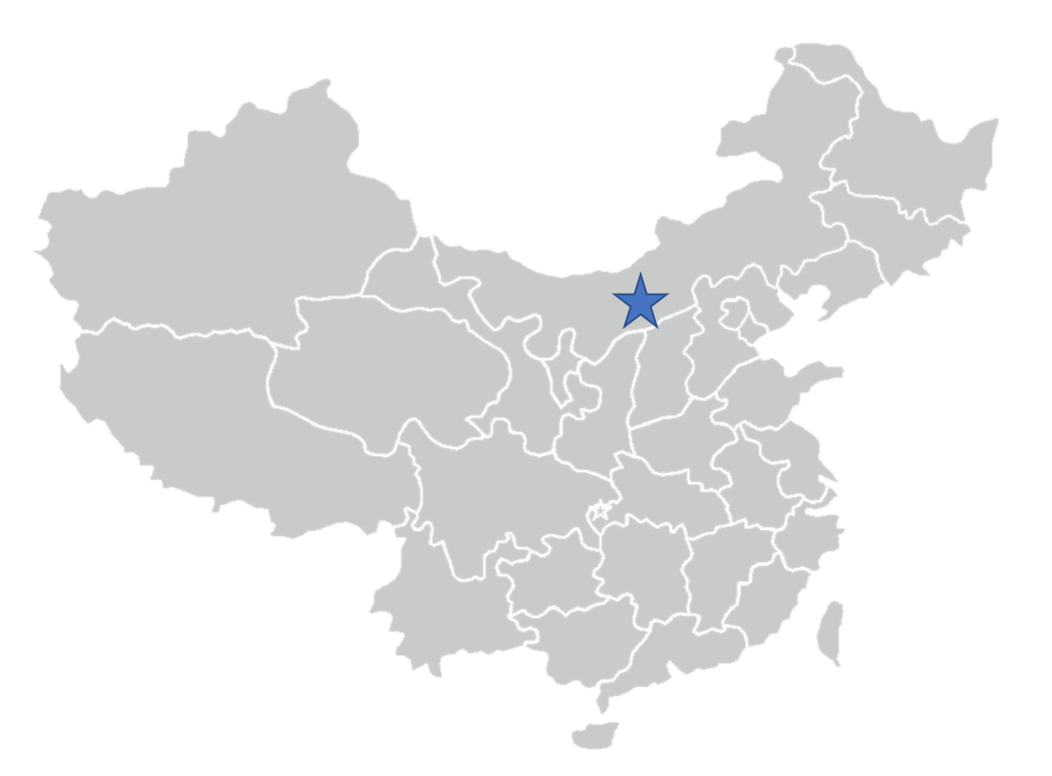
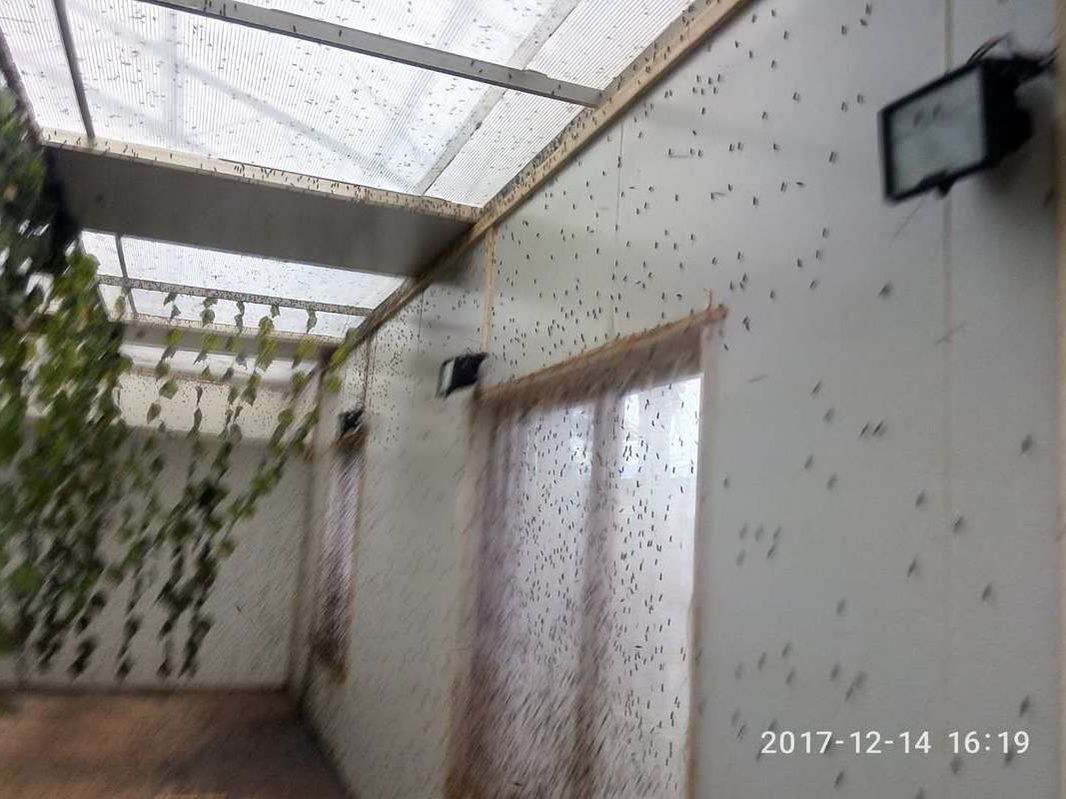
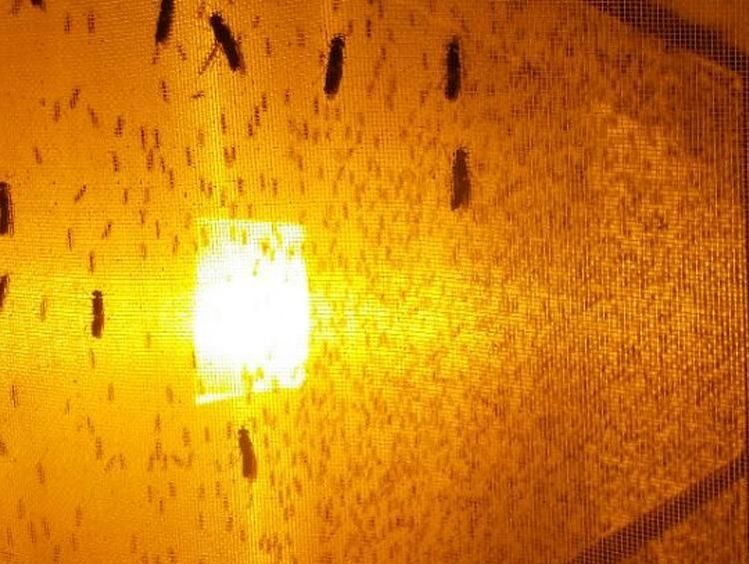
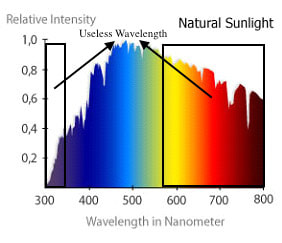
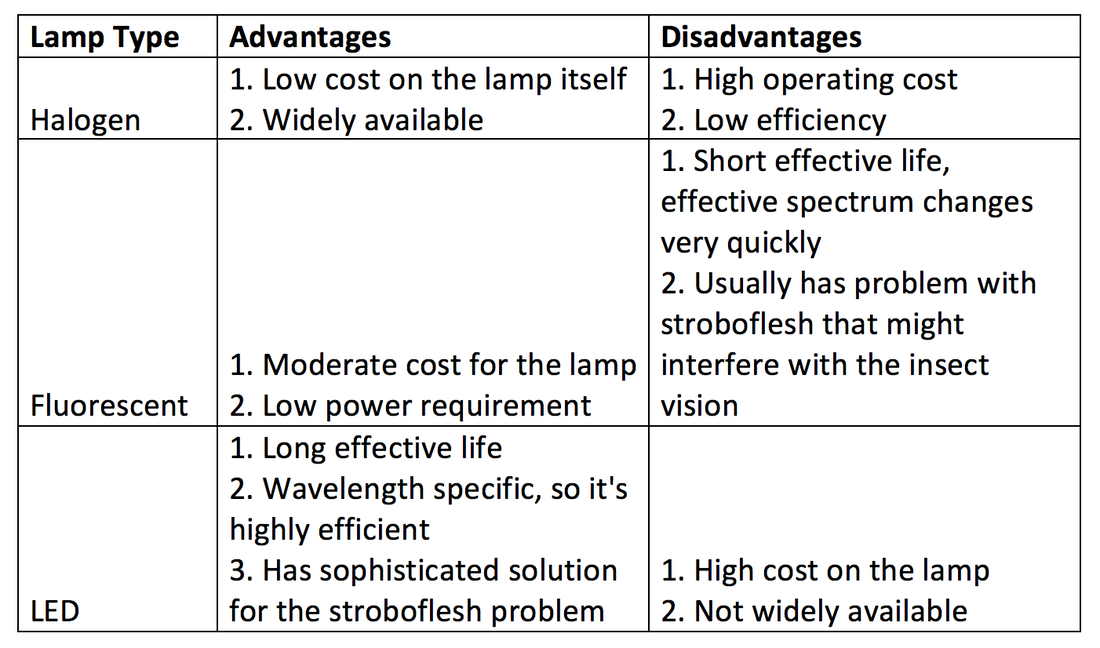

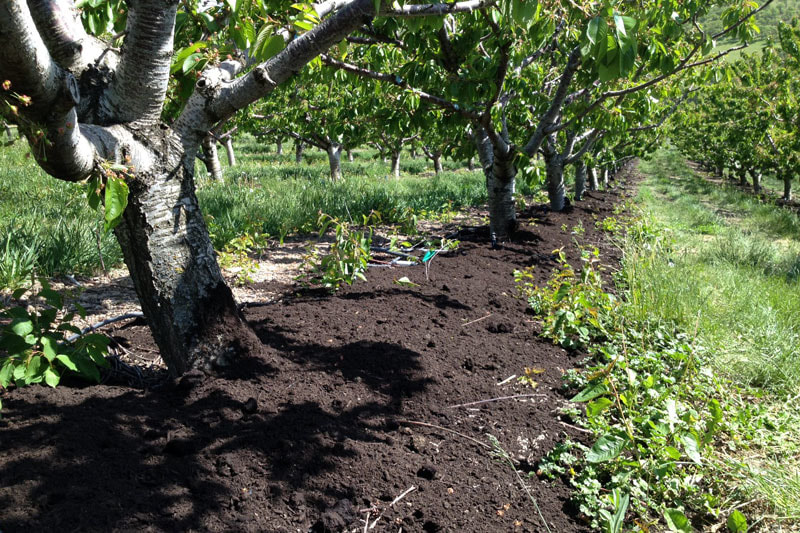
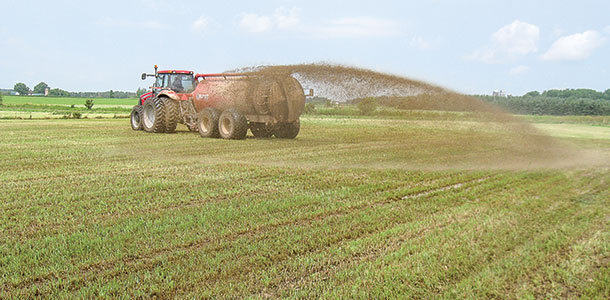
 RSS Feed
RSS Feed

